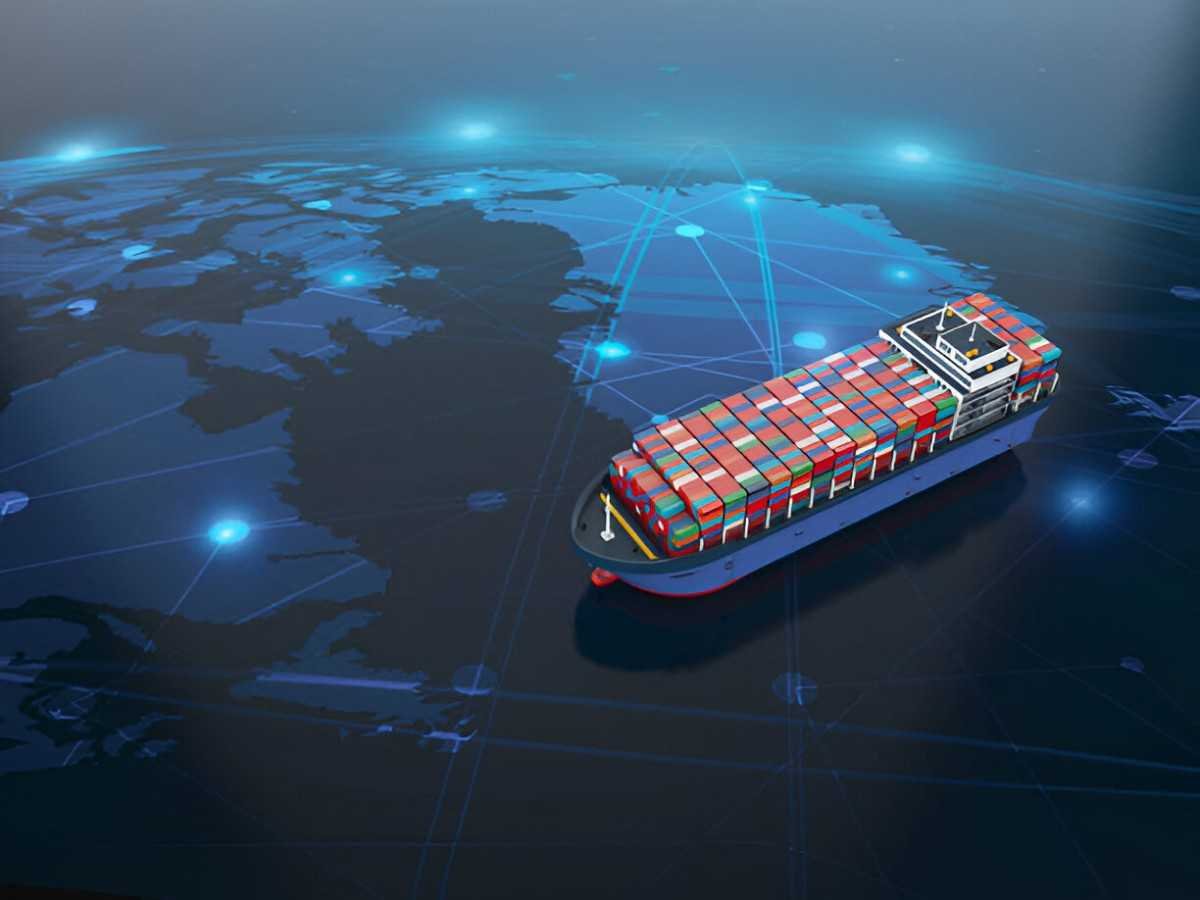When I first heard the term “tramp ship,” I imagined a vessel wandering aimlessly across the seas, like a nomad without a destination. But as I dug deeper into the world of maritime logistics, I realized how wrong I was. Tramp ships are not aimless wanderers; they are the unsung heroes of global trade, carrying bulk cargo to wherever it’s needed most. In this article, I’ll break down the concept of tramp ships in simple terms, explore their role in the global economy, and explain why they matter to industries and consumers alike.
Table of Contents
What Are Tramp Ships?
Tramp ships are cargo vessels that operate without a fixed schedule or route. Unlike liner ships, which follow predetermined routes and timetables, tramp ships go wherever the cargo takes them. They are the “freelancers” of the shipping world, offering flexibility and adaptability to shippers who need to transport bulk goods like coal, grain, ore, or oil.
The term “tramp” comes from the idea of these ships “tramping” from port to port, picking up and delivering cargo as needed. This flexibility makes them indispensable for industries that rely on irregular shipments or have fluctuating demand.
How Tramp Ships Differ from Liner Ships
To understand tramp ships better, let’s compare them to their more structured counterparts: liner ships.
| Aspect | Tramp Ships | Liner Ships |
|---|---|---|
| Schedule | No fixed schedule; operates on demand | Fixed schedule and routes |
| Cargo Type | Bulk cargo (e.g., coal, grain, ore) | Containerized cargo (e.g., electronics) |
| Contracts | Spot charters or voyage charters | Long-term contracts with shipping lines |
| Flexibility | High; can change routes as needed | Low; follows predetermined routes |
| Cost Structure | Based on market demand and cargo type | Fixed rates based on container size |
As you can see, tramp ships are all about flexibility, while liner ships prioritize consistency. This distinction is crucial for understanding their roles in global trade.
The Economics of Tramp Shipping
Tramp shipping operates on a unique economic model. Unlike liner shipping, where rates are often fixed, tramp shipping rates fluctuate based on supply and demand. This is where the concept of “freight rates” comes into play.
Freight rates for tramp ships are determined by the Baltic Exchange, a global marketplace for shipping contracts. These rates are influenced by factors like fuel prices, cargo availability, and geopolitical events. For example, if there’s a sudden increase in demand for iron ore, freight rates for tramp ships carrying ore will rise.
To calculate the cost of shipping a specific cargo, I use the following formula:
Total Cost = Freight Rate \times Quantity of Cargo + Additional ChargesLet’s say the freight rate for coal is $25 per ton, and I need to ship 10,000 tons of coal. If there are additional charges of $5,000 for port fees and insurance, the total cost would be:
Total Cost = 25 \times 10,000 + 5,000 = 255,000This simple calculation shows how freight rates directly impact the cost of shipping bulk cargo.
Types of Tramp Ship Contracts
Tramp ships operate under different types of contracts, depending on the needs of the shipper. The two most common types are voyage charters and time charters.
Voyage Charters
In a voyage charter, the shipowner agrees to transport a specific cargo from one port to another for a fixed fee. The shipowner covers all operating costs, including fuel and port fees. This type of contract is ideal for shippers who need to move a large quantity of cargo in a single shipment.
For example, if a mining company needs to transport 50,000 tons of iron ore from Australia to China, it might enter into a voyage charter with a tramp ship. The shipowner would quote a rate based on the distance, cargo type, and current market conditions.
Time Charters
In a time charter, the shipper hires the ship for a specific period, usually ranging from a few months to several years. During this time, the shipper pays a daily or monthly rate, and the ship is at their disposal. The shipper covers operating costs like fuel and port fees, while the shipowner handles maintenance and crew wages.
Time charters are popular among companies that need regular shipments but don’t want to commit to a long-term contract. For example, an agricultural company might use a time charter to transport grain during the harvest season.
The Role of Tramp Ships in Global Trade
Tramp ships play a vital role in the global economy by transporting bulk commodities that are essential for industries and consumers. Here are a few examples:
- Energy Sector: Tramp ships transport coal, oil, and natural gas, ensuring a steady supply of energy resources.
- Agriculture: They carry grain, fertilizer, and other agricultural products, supporting food production and distribution.
- Manufacturing: Tramp ships deliver raw materials like iron ore and bauxite, which are used to produce steel and aluminum.
Without tramp ships, many industries would struggle to source the materials they need, leading to higher costs and supply chain disruptions.
Challenges Facing Tramp Shipping
While tramp ships are essential, they face several challenges that impact their operations and profitability.
Market Volatility
Freight rates for tramp ships are highly volatile, making it difficult for shipowners to predict revenue. For example, during the COVID-19 pandemic, demand for certain commodities plummeted, causing freight rates to drop significantly.
Environmental Regulations
The shipping industry is under increasing pressure to reduce its environmental impact. New regulations, such as the International Maritime Organization’s (IMO) sulfur cap, require ships to use cleaner fuels or install exhaust cleaning systems. These measures increase operating costs for tramp ships, which often operate on thin margins.
Geopolitical Risks
Tramp ships are vulnerable to geopolitical risks, such as trade wars, sanctions, and piracy. For example, tensions in the South China Sea can disrupt shipping routes, leading to delays and higher costs.
The Future of Tramp Shipping
Despite these challenges, I believe tramp shipping will continue to thrive in the coming years. The demand for bulk commodities is unlikely to decline, and tramp ships offer the flexibility needed to meet this demand.
However, the industry must adapt to changing conditions. For example, shipowners can invest in more fuel-efficient vessels or explore alternative fuels like liquefied natural gas (LNG). They can also use digital tools to optimize routes and reduce costs.
Conclusion
Tramp ships may not have the glamour of luxury cruise liners or the efficiency of container ships, but they are the backbone of global trade. By understanding how they operate and the challenges they face, we can appreciate their importance in our interconnected world.





